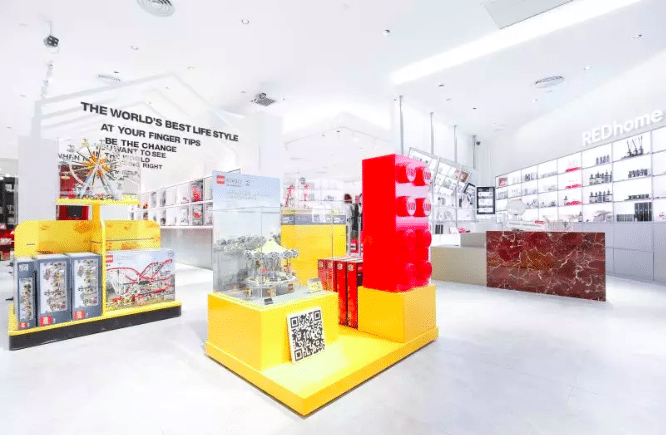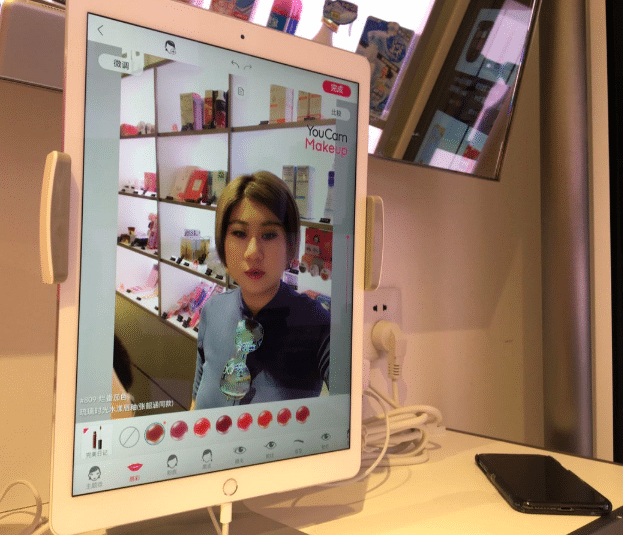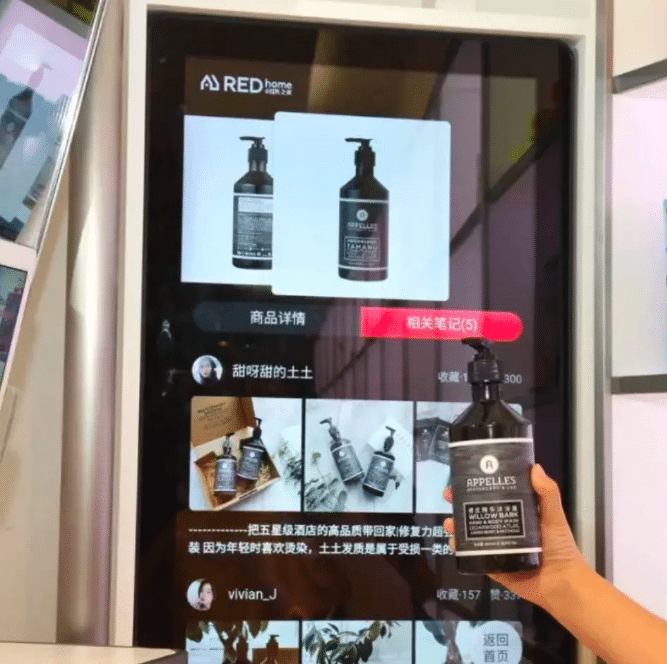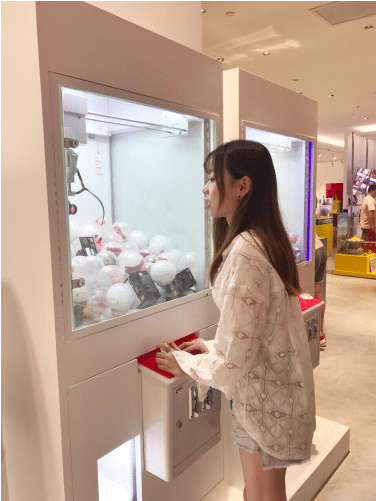Commerce is changing in China at rates unseen in any other market. Possibly the biggest change is in the attitudes and shopping behaviors of modern Chinese consumers. These shoppers demand the kind of convenience technology can provide, yet are increasingly seeking meaningful ways to engage with brands in the real world.
Despite China’s love of online shopping, e-commerce platforms have discovered that - to meet the needs of modern Chinese consumers - having an online presence is no longer enough.
Digital giant Alibaba’s “New Retail” strategy attests to this phenomenon. By investing in brick and mortar stores, Alibaba is pushing forward the integration of online and offline retail to create a seamless omnichannel consumer experience.
Their main competitor, JD.com, is embracing the trend too. The e-commerce company says it plans to open a total of one million smart convenience stores in the next four years, claiming that they will open an average of 1,000 a day in 2018. Many of these stores will be unmanned and allow customers to pay with facial recognition.
On June 16, China's popular social e-commerce platform Xiaohongshu (RED) became one of the first of the smaller e-commerce players to join the giants in their journey into brick-and-mortar, by launching its first offline store RED Home in Shanghai. In just a couple of weeks, the store has proved popular with Xiaohongshu's loyal online user base.

The store is a case study in the future of retail and how to create a space specifically designed for the young, modern Chinese consumer, incorporating the major trends of Chinese retail.
1. Socialization and community#
Xiaohongshu representatives often emphasize that it is first and foremost a social platform; e-commerce is a secondary component added in response to the needs and requests of its community.
In an interview with Chinese tech media outlet 36KR, Xiaohongshu explained that the main goal of the offline store is not to increase sales but to be an experiential place for its community to meet offline.
The store features a café and ice cream shop deliberately located adjacent to the home goods department, offering customers the chance to hang out and spend time with each other and the products.
The store’s inventory does not include all items available on the Xiaohongshu platform, instead featuring only the most highly ranked products from its app. In this way, Xiaohongshu is using the preferences of its online community to curate the offline store’s inventory.
2. Technological Integration#
Constant exposure to new technologies and innovative social media campaigns have become an everyday part of Chinese consumers’ lives. Physical shops need to adopt these technologies and integrate virtual activities into real life, in a way that is practical for the consumer.
For example, beauty retailers including the Yves Saint Laurent store in Shanghai have added augmented reality screens that use facial recognition to enable customers to virtually try on different makeup looks. Beauty and skincare are the most popular product categories on the Xiaohongshu platform, and so this technology was also added to the app's new offline location.

The core feature of the Xiaohongshu app is product reviews, an aspect that has been seamlessly integrated into the offline experience. Instead of the customer pulling out their phone to search for reviews online, the offline location offers screens located throughout the store. Customers can bring any item in the store over to the screen, and the screen will then pull up review posts about that particular product on the Xiaohongshu app.

3. Experiential#
For brands looking to foster a deeper connection with Chinese millennials, an experiential approach is the key. With nearly 80 percent of its users under the age of 35, this was extremely important for Xiaohongshu to keep in mind when creating its offline store.
In addition to the café and ice cream counter, the Xiaohongshu store also has a Lego building area. Following the vintage arcade game fad happening in China right now, the store has claw machines with prizes such as designer lipsticks.

The Xiaohongshu platform centers around a community who love to take photos of their lives and share them online. Because of this, the store aims to be a selfie-lovers paradise, having clearly been designed with social media in mind.

Interestingly, in an interview, Xiaohongshu shared that the staff responsible for designing the store had no previous offline retail experience. Instead, it was their years in online retail - especially in the fashion and beauty industries - that led them to think outside the box when it came to the store’s layout, décor and technological integration.
Xiaohongshu is not exclusively a luxury e-commerce platform and therefore its offline store cannot be completely comparable to that of a luxury brand. However, RED Home offers some key insights into the future of retail in China, showing how offline retail spaces can be designed in order to capture the attention of young Chinese consumers, integrating technology in a way that complements the behaviors of a brand’s target audience.



